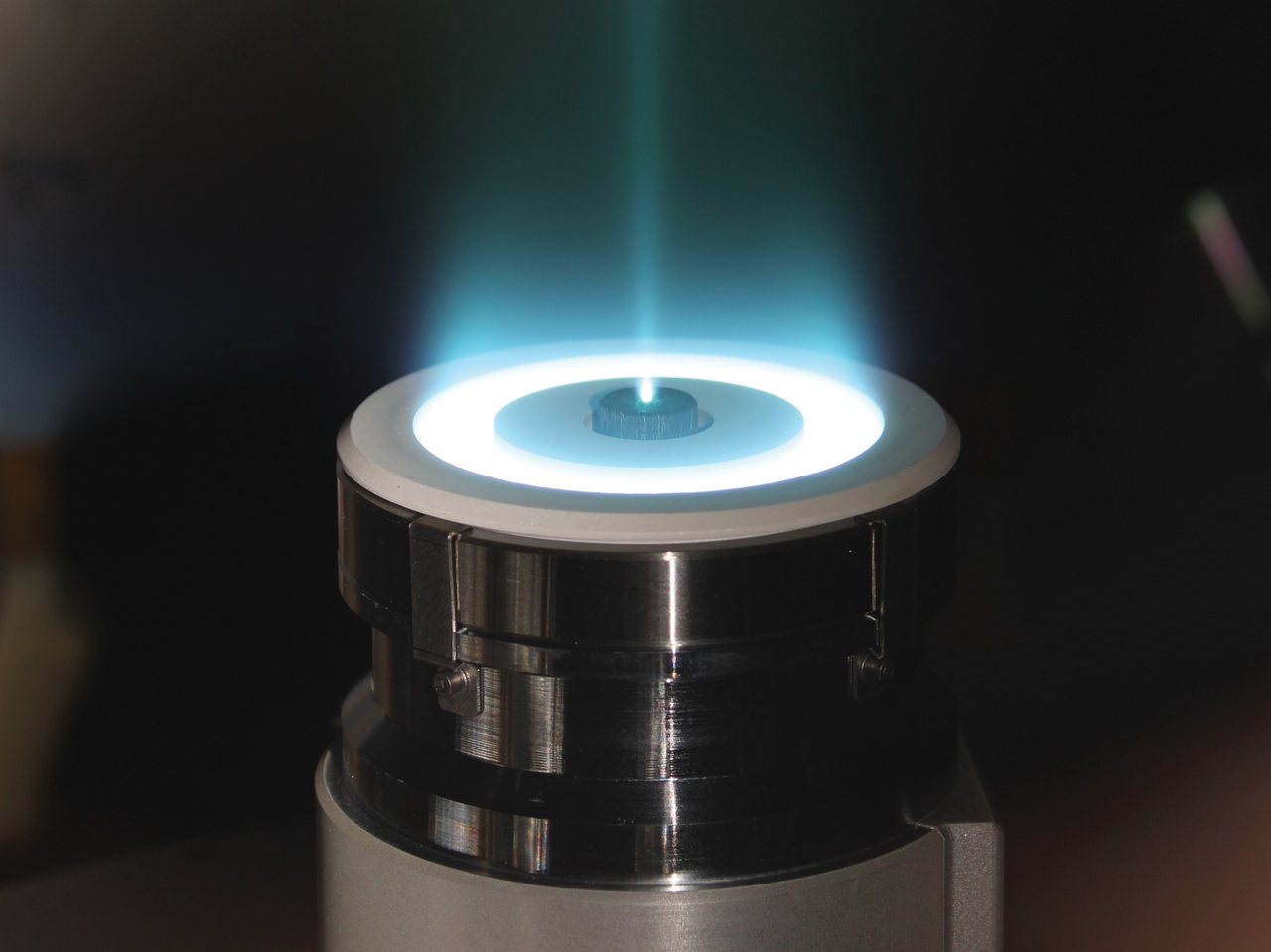
Radio Frequency is the Next Competitive Edge for Commercial Satellites
July 24th, 2023
What do soil moisture, Russian yachts, hurricanes, and GNSS jamming all have in common? These are all detected and monitored from space using a little-understood category called radio frequency (RF). Thanks to a booming space sector and the regular use of satellite images in the news, satellite data has entered the public consciousness. But it is imaging data, rather than RF, that is immediately top of mind as the main method for doing Earth observation, even among many satellite experts. This makes sense given that you can actually see the output and marvel at it, even if you don’t understand how to interpret it. There are archives of freely available images from government programs and a large number of commercial imaging satellites have been producing data for years, even before the current wave of small satellites.
But it is worth paying attention to RF, which is ideally suited to the small satellite form factor, provides solutions to an astounding variety of use cases, and is now coming into its own as a commercial category to be taken seriously.
RF satellites monitor the portion of the electro-magnetic spectrum that goes beyond what is visible to the human eye. In an attempt to help the average person understand these distinctions, one can simplify and categorize the satellite industry according to ‘listening’ satellites (radio frequency), ‘looking’ satellites (imaging), and ‘talking’ satellites (communications). The technology and skill sets are very different among these categories. And talking, looking, and listening satellites are each optimized for different applications — just as planes, cars, and ships are all forms of transportation, but serve very different purposes. The advantage of listening satellites is that you can use them at all times of the day or night, through cloud cover, and across the entire planet. The radio signals captured by these satellites give information on things like the position of aircrafts and sea vessels, ocean wave heights, soil moisture, and atmospheric density.

So, why are commercial industries only now realizing the power of this data many years after imaging and telecommunications satellites have been commercialized? A short answer is that RF is very difficult and has long required significant spending and specialized expertise from government agencies, often within the defense or intel worlds. A number of events in the past few years created an unprecedented need for RF data, and innovations to satellite technology have made it accessible to a broader group of users.
The capability per kilogram of a satellite has been increasing about tenfold every five years for over two decades, driven by improvements on the ground in electronics and robotics. The miniaturization of sensors, along with increases in accuracy, power efficiencies and processing capabilities that can be deployed on more affordable small satellites, has resulted in the commercial viability of RF-based applications — from the supply chain sector to agriculture to insurance to weather and climate. Launching RF sensors or a constellation that is commercially performant can be done at a fraction of the cost today and the industry has had time to learn and mature so that it can offer an operationally relevant solution despite the technical complexities.
Along with advancements in technology, geopolitical and economic events have created a greater demand for RF-based applications, and supported the investment by private companies into RF technologies independent of government R&D programs. In particular, the invasion of Ukraine has highlighted the dual-use nature of this technology for both civil and defense applications. RF has played a crucial role in gathering intelligence for governments through GNSS jamming detection and geolocation as well as providing an objective and transparent view into the war in Ukraine.
Identifying and understanding the supply chain disruptions caused by the war is an example of insights that RF data has provided on the civil side. For example, Spire tracks every sea vessel and airplane, in addition to global weather, which gives us a unique, holistic view of the roughly $21 trillion supply chain. When the war started, we were able to monitor the changes in grain exports from Ukraine and oil exports from Russia following sanctions from the West. These insights have far-reaching implications across industries and regions — the near-halt in grain exports is causing a ripple effect on food supply and gas prices are on the rise across the globe.
RF data also sheds light on global weather patterns and climate risks from the ultimate vantage point — space — helping the world to reduce the effects of a warming planet and the associated extreme weather, one of the biggest problems we face today. RF data on sea ice levels and soil moisture is used by government agencies and academic institutions to research climate change and develop solutions to mitigate its effects. Commercial organizations are leveraging real-time weather forecasting data for strategic planning purposes and to reduce the impacts of extreme weather on their operations.
We have a huge opportunity to transform industries and make the planet we live on more sustainable and equitable with data from space. During the 2022 GEOINT conference earlier this year, for the first time there was a headline panel on RF — an indication that the whole industry is starting to be aware of the possible applications, both defense and civil. And investors are also starting to notice, with a growing number of startups receiving funding for RF-based satellite data businesses. We are still in the very early stages of what can be done; this is what keeps me excited and it is a reason for the industry to pay attention. VS
Theresa Condor is the chief operating officer for Spire Global







